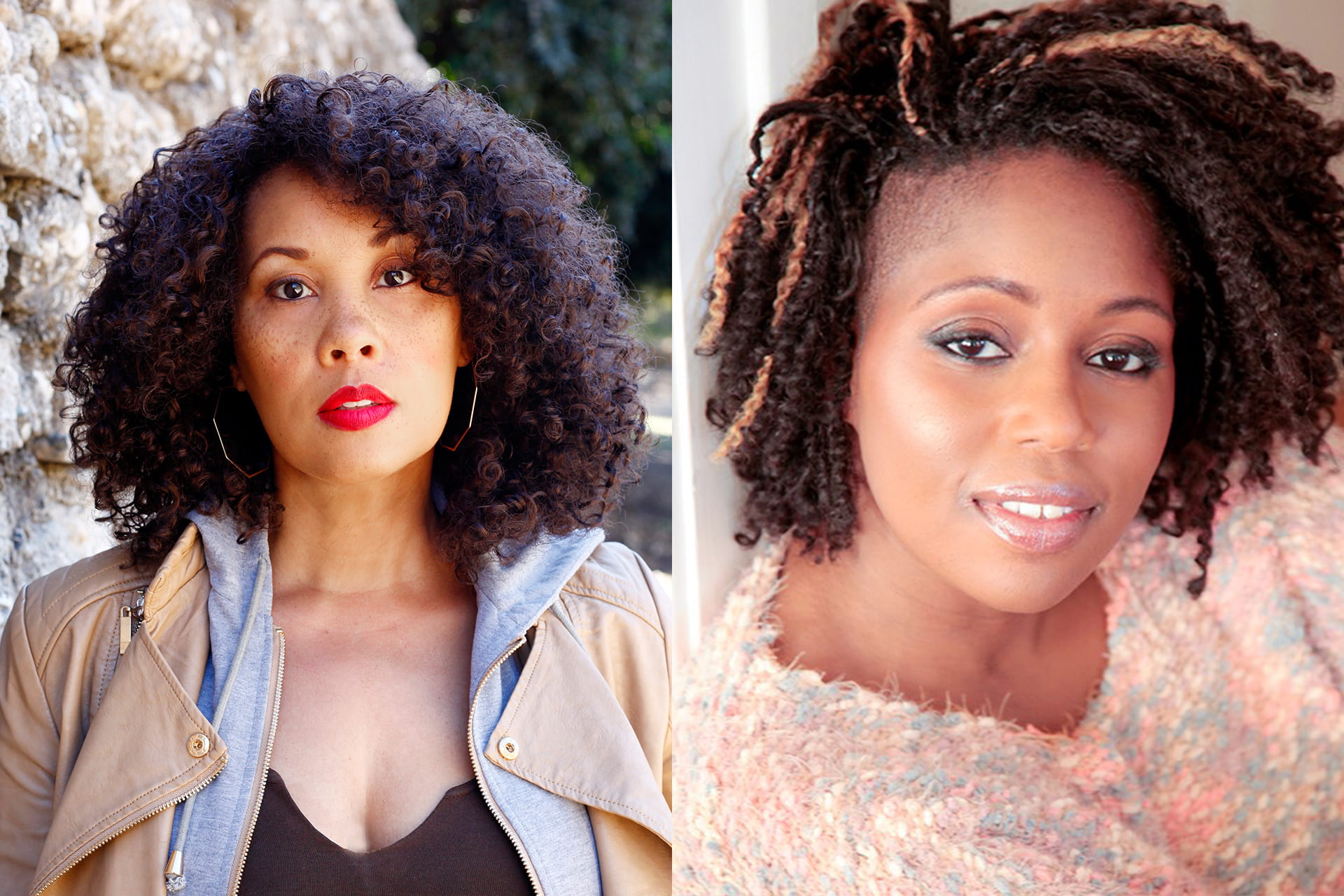Hip-hop gets its props
Two new dance faculty members bring cultural and artistic gravitas to the street genre

In dance programs at universities across the country, students learn that ballet – with its precisely defined techniques and structures – constitutes the foundation of movement.
At UCI, however, dance professors and practitioners are advancing a broader conception of the art that celebrates diverse forms and styles of dance, especially those from the African diaspora.
In other words, at UCI, you can learn hip-hop.
The Claire Trevor School of the Arts this year brought on as faculty members two African American dancers: Cyrian Reed and Ariyan Johnson, both of whom have deep experience as performers.
Reed has been a working dancer for decades and taught as an adjunct at UCI for about four years before being hired full time this summer. She didn’t realize until college that ballet couldn’t possibly be the only foundation for how human bodies are meant to move.

Courtesy of Cyrian Reed
“To understand where movement originates – it doesn’t necessarily mean that the movement quality or information has to come from a Europeanistic influence or method,” Reed says. “Ballet is not the only dance form built on history, foundation and structure. All African diaspora dances should be taught with the same rigor as ballet, especially in higher education. This includes hip-hop.”
Ballet, while important for developing certain techniques, she says, ultimately represents only one method.
“Knowing where movement comes from and is derived is important. As dancers, we’re taught to be in a certain body position and to do this and do that,” Reed says. “Instead, we should be looking at how this movement shows what you’re feeling and what you’re trying to say.”
Rather than focus almost exclusively on ballet and modern dance – as many university programs do – UCI is embracing other styles. This diversity of the dance curriculum both pushes back against colonialist ideas and prepares students for careers. Jobs invariably demand that their range extends beyond just ballet and modern dance, Reed says, and creative directors don’t want to hire one-note performers with a limited repertoire.
“If you’re a dancer who has mastered multiple styles, you’re going to get so much more work, as opposed to saying you can only do one or two things,” she says. “For one show that I was in, I did tap, breaking and jazz – all in one show. This education really helps you pull things together and allows you to work on sets or more commercial projects. A versatile dancer is a working dancer.”
Johnson comes to UCI as a multidisciplinary artist who has performed on the stage and in front of the camera.
In the 1980s and 1990s, hip-hop began to make a journey around the world because of videos and films featuring hip-hop dancers. Johnson herself took part in that globalization by starring in films such as “Just Another Girl on the I.R.T.” and dancing for early hip-hop groups, on tours and in videos, including Queen Latifah’s.
Today, hip-hop dance travels around the world even quicker via social media. Johnson is researching this globalization across the African diaspora – and especially how hip-hop manifests in dancers’ bodies. She began pursuing the topic as part of her master’s thesis.
“You can execute the move, but the way it looks on me is going to be a little different from the way it looks on you. It’s that intangible entity that translates differently on different dancers,” Johnson says. She saw this firsthand while on a trip to Rwanda: “I was teaching them how to dougie, a street dance style. How their bodies articulated the moves was different.”
Her own experiences as a dancer and choreographer spurred her interest in the subject.
“That’s probably why I’m leaning so much into this work, because of being part of that globalization with the early artists like Latifah,” Johnson says. “There are these kind of connect-the-dots correlations that need to be made with hip-hop, as they have been made with other mediums and art forms.”
Meanwhile, Reed’s research focuses on teaching movement to incarcerated women and their children. She looks at how dance connects with people emotionally and its role in recovery or rehabilitation.
This year, the COVID-19 pandemic has forced dance performers and teachers to adapt. At UCI, the cessation of in-person classes compelled Reed and Johnson to reimagine the delivery of dance instruction.
The two assistant professors asked students what they wanted to learn and incorporated those elements into their curricula. They’re teaching hip-hop in a holistic way, employing articles, film clips and other learning materials to bring the lessons to life.
Some of the content is prerecorded, with students watching instructional videos on their own time. They then submit recordings of themselves dancing for corrections and feedback. During live online classes, the teachers use breakout rooms to divide students into smaller groups.
Some of the remote learners are self-conscious about sharing their private spaces on Zoom – personal bedrooms and apartments they may not feel proud of. But the dancers – both students and teachers – are pushing past the challenges of online education to embrace the most important elements of dance: artistry and self-expression.
“The pandemic has given us an opportunity to shed all the unnecessary things and allow the art to come forth,” Johnson says. “COVID-19 has allowed us all to sit our egos down.”
Nevertheless, both she and Reed eagerly anticipate the time when students can meet in a nondigital environment.
“There’s so much with the exchange of energies that happens in an actual room that you don’t get in a Zoom call. But what I’m hoping is that I can scaffold a class and create community even in these little boxes on a screen,” Johnson says. “Hip-hop don’t stop. We will continue.”
The medium will change, she notes, and the external circumstances will shift: “What matters is the story. As an artist, you are a storyteller. What story are you trying to convey? We always make something out of nothing. There’s nothing, and then – boom! – we make something happen.”



